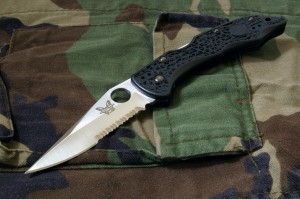When I first heard the term, “pre-nup” from Crissy,I thought was referring to a pre-nuptial agreement between her and then-fiance Jimmy. I was surprised because I thought it was something reserved only for the mega-rich. I turned out that she was referring to a pre-wedding photo shoot. Kinda made sense :P
When I saw the results, during their wedding reception, as well as in others’, I was mightily unimpressed. The objective, it seemed to me, was to capture a regular day in the life of the engaged couple. But for some reason, there was something wrong and it looked fake… staged. I resolved back then that I won’t have anything to do with it.
Fast forward to now when Michelle and I just finished our own “pre-nup” shoot (guess who wanted the shoot and who agreed out of love :P). I was scanning through the photos and recalled how, during the shoot, the photographer and the videographer were making us do poses we wouldn’t do in reality. They were awkward, uncomfortable, and just plain off. That, I think, is why the photos looked fake and staged.
Something to watch out for when I shoot “pre-nups” :P

